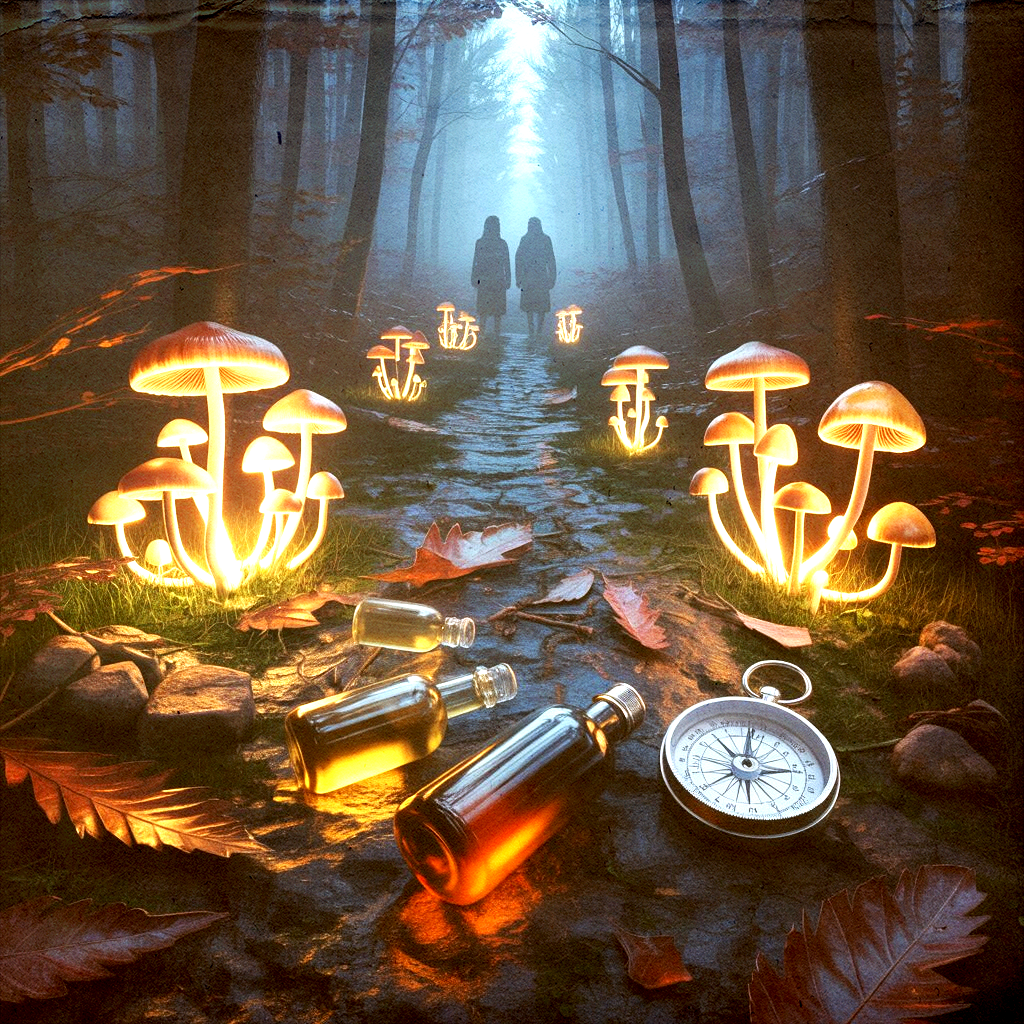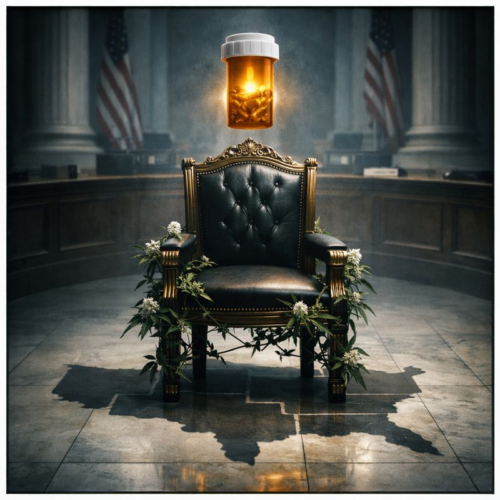Psilocybin use is rapidly increasing across the U.S., but scientific research and regulatory oversight aren’t keeping pace—creating a critical safety gap.
The Rise of Psilocybin in the Mainstream
The psychedelic renaissance is well underway in the United States, and psilocybin mushrooms are at the center of it. In a shift echoing early cannabis reform movements, what was once fringe has mushroomed into the mainstream. But while the public is diving headfirst into the mycelial abyss, the scientific and regulatory systems meant to guide safe use are tripping behind.
A Sharp Uptick in Use and Risks
According to a new review published Nov. 5, 2025, in JAMA Psychiatry, more than seven million U.S. adults reported using psilocybin mushrooms in the past year. The data shows a striking increase in nonclinical use, particularly among adults ages 19 to 50. In tandem, calls to poison control centers are also on the rise—a red flag that the psilocybin boom isn’t without its thorns.
The Knowledge Gap in Scientific Oversight
Researchers Hutchison, Hooper, and Karoly emphasize the gap between how fast public interest is growing and how slow oversight and scientific understanding are catching up. Their findings are sobering: while psilocybin’s therapeutic potential is increasingly celebrated, the real-world use of natural mushrooms—often outside any medical or ritual context—remains understudied, unregulated, and potentially risky.
Potency, Purity, and the Perils of Natural Products
Unlike lab-produced synthetic psilocybin used in clinical trials, natural mushrooms vary wildly in potency and chemical composition. This variability poses clear public health challenges, especially in decriminalized cities and states where regulation is minimal or nonexistent. As mushroom use expands, so too does the list of unknowns: Which strains are people consuming? At what doses? In combination with what other substances? With little oversight, the answers remain unclear.
Federal Law: A Roadblock to Research
Legal hurdles compound the problem. Under the Controlled Substances Act, psilocybin is still a Schedule I drug—making it nearly impossible to conduct large-scale, real-world research on natural use patterns. The JAMA authors argue this classification is more than a bureaucratic annoyance; it’s a public health liability. Because clinical research tends to focus on synthetic psilocybin under controlled conditions, the realities of street-level or even ceremonial mushroom use are left in the dark.
Echoes from the Cannabis Era
This dissonance between scientific control and societal behavior mirrors earlier phases of cannabis policy. Cannabis, too, was once pigeonholed into Schedule I, despite widespread recreational use. The result was predictable: people used it anyway, laws lagged, and misinformation proliferated. As with cannabis, the current surge in psilocybin use is happening faster than the infrastructure needed to understand and manage it.
Age, Vulnerability, and the Unanswered Questions
Age-specific vulnerabilities also deserve urgent attention. Adolescents and young adults may be particularly susceptible to adverse effects due to neurodevelopmental factors, yet most research excludes these groups. Then there’s the broader issue of long-term risks—something we know far too little about, given the short research timelines and narrow clinical focus to date.
Clinical Promise vs. Cultural Practice
Still, it’s not all bad news. Controlled clinical studies on synthetic psilocybin have shown promise in treating depression, PTSD, and end-of-life anxiety. But these trials are worlds apart from what’s happening in living rooms, at festivals, or in unregulated wellness retreats across the country. The therapeutic promise is real—but so is the risk of harm when that promise is taken out of context.
Toward a More Realistic Research Model
The authors of the JAMA review are calling for a pivot in research priorities. Rather than funneling resources solely into sterile labs and tightly controlled trials, they advocate for a public health model that acknowledges how psilocybin is actually being used. That means investing in potency testing, harm reduction strategies, and demographic-specific risk assessments.
Reclassify and Regulate
It also means challenging the Schedule I classification, which severely restricts access to research-grade natural mushrooms. Until federal law evolves, state-level decriminalization may continue to outpace our ability to make informed, evidence-based policy decisions.
Navigating a Gray Market
This regulatory vacuum leaves consumers vulnerable. Without reliable information on product content, dosage, or interactions, people are left to experiment blindly. For those engaged in public health, education, or drug policy in Arizona and elsewhere, there’s a growing need to get ahead of the curve.
Arizona’s Place in the Psychedelic Conversation
Arizona, where medical and recreational cannabis laws have evolved quickly over the past decade, may not be far behind in the psilocybin conversation. While the state hasn’t made major moves toward psychedelic reform, interest is building. Whether in state policy circles, university research centers, or public health boards, the groundwork is being laid for future action.
The Next Education Frontier
This presents both a challenge and an opportunity. Those who’ve witnessed Arizona’s cannabis transformation firsthand know the value of early, transparent public engagement. Clarifying the legal status of psilocybin, distinguishing between cannabis and mushrooms, and promoting safer-use practices could help avoid a repeat of the regulatory scramble seen in cannabis’s early days.
Where the Cultures Collide
Looking forward, the crossover between cannabis and psychedelic regulation is inevitable. Whether it’s microdose-friendly wellness products or dual-use events that cater to both communities, the lines are already beginning to blur. Staying ahead of this curve means paying attention—not just to consumer trends, but to scientific research and evolving public health recommendations.
A Critical Crossroads for Psychedelics and Policy
In the end, the psilocybin surge is a double-edged sword. On one side, there’s the potential to transform mental health treatment. On the other, a regulatory and educational chasm that threatens to undercut that promise. It’s a tension that should feel familiar to anyone who’s followed the cannabis movement.
The time to close the gap is now. Researchers need access, regulators need clarity, and the public needs facts. Without them, we risk repeating history—only this time, with spores instead of smoke.

***
Trap Culture is the ultimate destination for cannabis enthusiasts who want to experience the best of Arizona’s cannabis culture. Whether you are looking for the hottest cannabis-friendly events, the latest news on cannabis legalization, trends in the industry and exclusive, limited-edition products from the top brands in the market, Trap Culture has you covered. Visit our website to learn more about our events, our blog, and our store. Follow us on social media to stay updated on the latest news and promotions. Join the Trap Culture family and experience the most immersive and engaging social cannabis events in Arizona.
Follow us on social media




